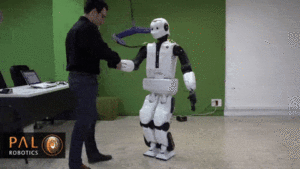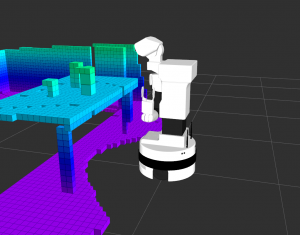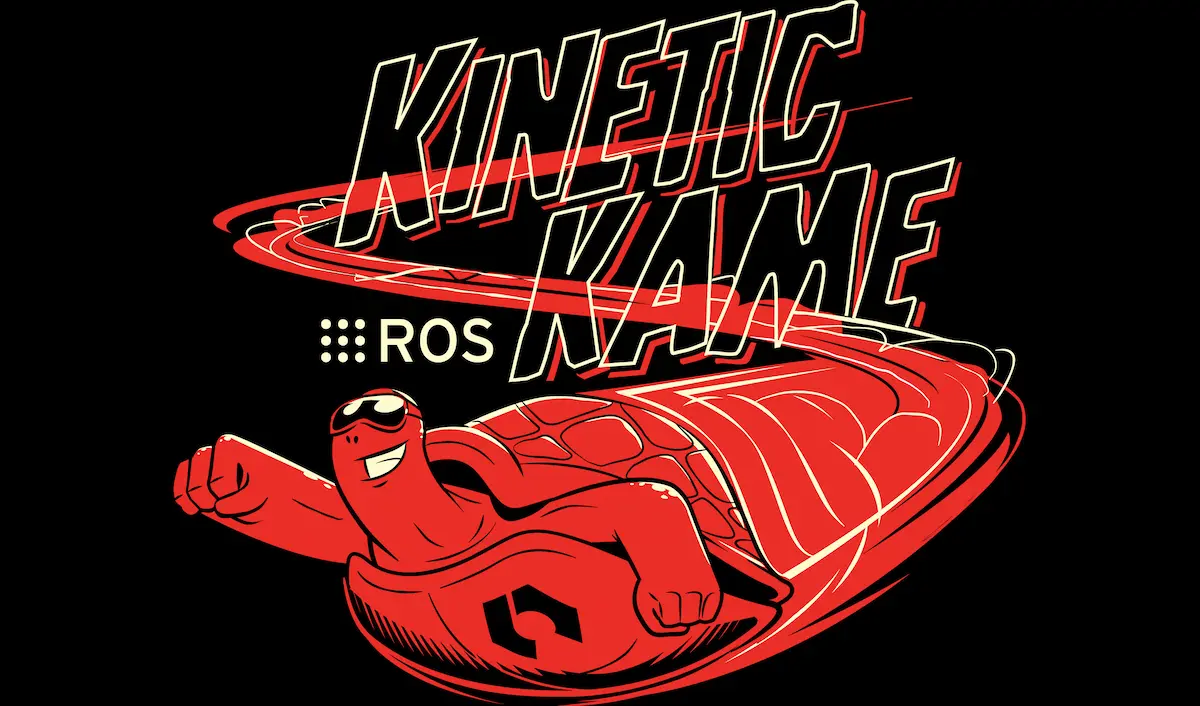Why stepping into ROS Kinetic?
All of our robots at PAL Robotics have been upgraded to ROS Kinetic Kame, the latest LTS Release from OSRF! This means we have also switched them to the Ubuntu 16.04 version. ROS Kinetic Kame is used by over 85% of the latest ROS1 Survey respondents – a survey with very interesting results, by the way.
Do you have one of our robots? Contact us in order to know how to upgrade it to ROS Kinetic! Enjoy the latest stable version of ROS and Ubuntu, the newest features they come along with, and all the improvements made for our robots. Make sure your robots are synchronized with the developments released by PAL Robotics team!
Don’t have one of our robots yet? It’s also OK, this is why the open-source simulation models of our robots – also updated- are made available at ROS Wiki. Remember that we have public repositories so that anyone can test our robots in the simulation. With TIAGo you also have available some ROS Tutorials to enrich your programming skills and develop all kinds of applications in Gazebo. Get started here!
Kinetic Kame is the latest ROS Long Term Support (LTS) distribution version available after Indigo and will be supported by OSRF until April 2021. ROS Kinetic is sustained by Ubuntu 16.04, which makes it compatible with the brand-new powerful laptops and pcs available. The newest ROS distribution’s features and most recent libraries published show significant advantages with Kinetic. With the major bug fixing that has taken place, you will enjoy having even better and more robust applications, such as navigation and control which have been improved.
What’s new in ROS Kinetic with our robots?

New benefits come from migrating our robots to ROS Kinetic and Ubuntu 16.04, besides the ones coming from the upgrade itself. From now on, PAL Robotics team will provide continuous upgrades from Ubuntu and ROS in a more agile way, with the robots’ software periodically revised.
During the upgrade, we developed a better user experience to run the demos available for our robots. The Whole-Body Control application has been enhanced and now its API provides much more expressiveness for the robots.
In addition to the development ISO we have always provided with our robots, we will now provide our customers with a Docker image for development. This should enable development of our robots without the need to have a dedicated partition for the purpose.
Why ROS-based robots?
Instead of creating our own code and libraries for the robots we develop – which could make our work easier at some point – we prefer to take ROS as the standard software platform for PAL Robotics’ robots. It has been so since 2010 (8 years already!) when we started implementing ROS on the REEM robot, and time proved us right.

The Robot Operating System (ROS) has exponentially grown in terms of users, tools, and relevance over the last years. RVIZ, Gazebo, ROS Control or MoveIt! are just some of the powerful tools that ROS provides to make our life easier when building complex robotics applications.
It’s all about sharing: robotics is a complex and broad field that can only advance with joint efforts. ROS, its inter-platform operability, and its modularity enable to share the know-how between the developers by having a common framework. That way we can avoid reinventing the wheel and focus ourselves on much bigger challenges.
Are you using Kinetic yet?
Did you like this article? Don’t miss all our updates on ros and robotics! For any question you might have, don’t hesitate to contact us!
